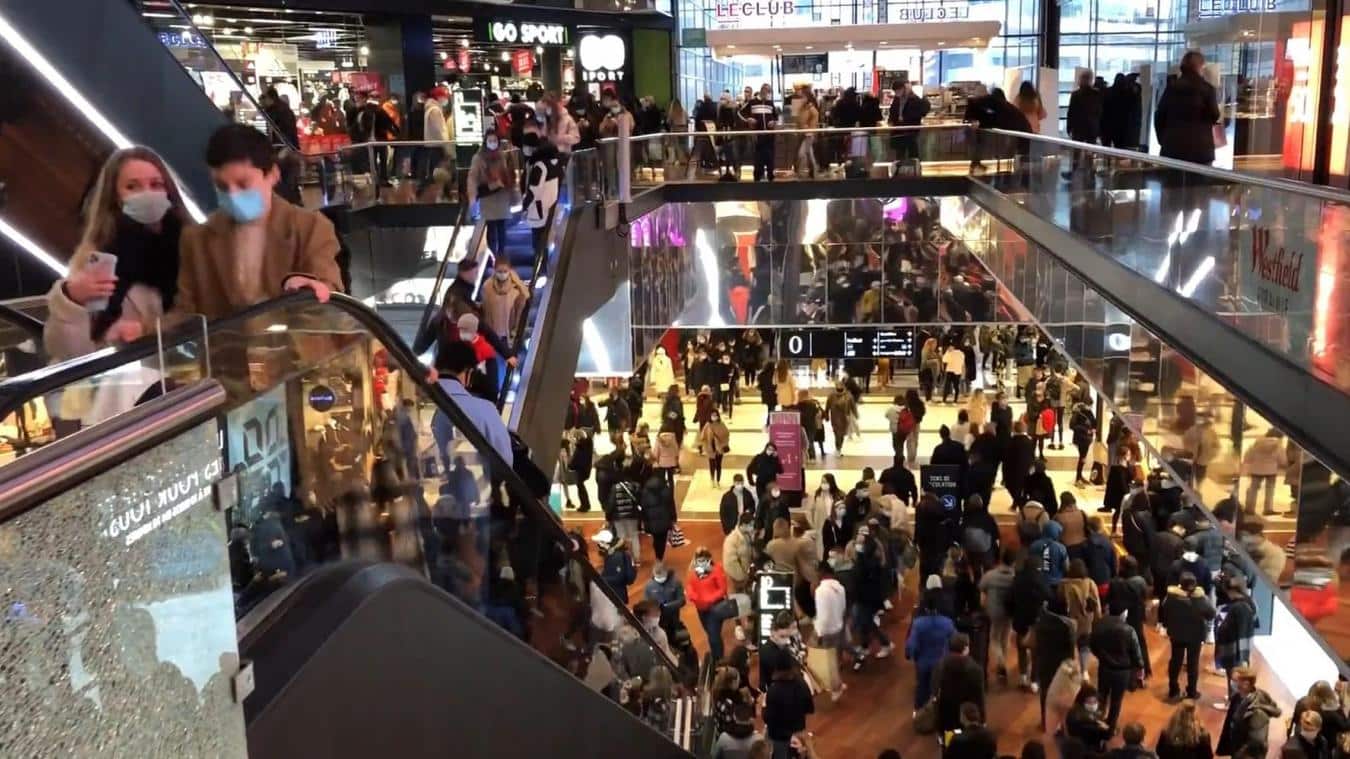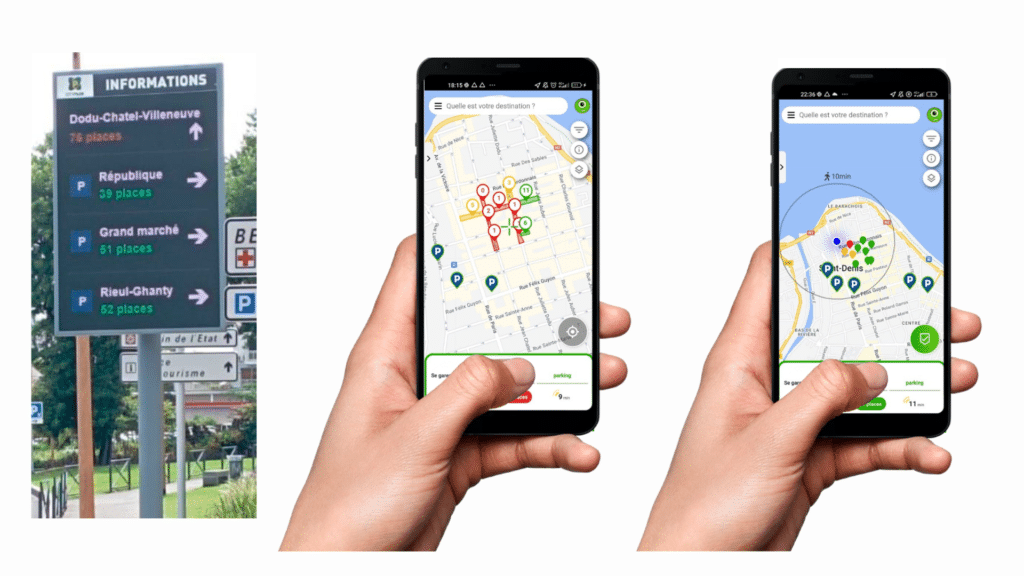During busy periods, one of the key challenges for shopping centers is parking. This has a direct impact on visitors’ stress levels and their willingness to spend. Moreover, shopping malls generate more than half their annual sales during these busy periods. Here we share with you the challenges of optimizing parking during busy shopping center periods; solutions involve especially smart parking for shopping malls.

1. Sales and busy periods in shopping malls: 5 major annual periods
These periods are often marked by peaks in visitor numbers and sales. Weekends, school vacations and public holidays are among the peak periods. In addition, sales periods, holiday seasons and special events such as product launches or promotions attract large numbers of visitors. During these times, shopping malls need to effectively manage customer traffic, queues and security to ensure a smooth and pleasant experience for all visitors.
See also the best malls of Washington DC.
Winter Sale
The first Saturday of the winter sales is the busiest day, attracting massive crowds in search of big discounts.
Summer Sale
Similar to the winter sales, the first day and the following Saturdays of the summer sales see a sharp increase in the number of visitors. Consumers looking for the best deals of the season.
Thanksgiving
Thanksgiving marks the beginning of the holiday season in the U.S., bringing with it a surge in travel, family gatherings, and shopping. As people flock to shopping malls for Black Friday deals or last-minute grocery runs, parking lots quickly fill up, making it a particularly hectic time of year.
Black Friday
Imported from the USA, Black Friday, which takes place on the last Friday in November, attracts large crowds because of the exceptional discounts offered by retailers.
Super Saturday
The last Saturday before Christmas, known as “Super Saturday“, is extremely busy. Consumers are rushing to make last-minute purchases.
Back to School
The weeks leading up to the start of the school year see a marked increase in shopping mall traffic. Families buy school supplies and clothes for the new school year.
This busy period highlights the growing importance of smart parking systems, which help reduce congestion and save valuable time. By guiding drivers to available spaces in real time, smart parking is becoming an essential tool in managing the seasonal rush around shopping malls.
2. Financial implications of smart parking during peak periods
The challenges of smart parking during peak periods for shopping malls
The financial management of parking lots and vehicle rotation during busy periods is a crucial issue for shops and town centers. Reducing the time it takes to find a parking space frees up spaces more frequently, enabling more customers to access stores and restaurants. This increased availability not only stimulates planned purchases, but also increases the amount of time devoted to purchasing.
Figures and financial impact of smart parking in shopping malls
By optimizing the time it takes to find a parking space, studies show that parking lot managers can increase turnover, and have between 0.5 and 1 more visitor per parking space. On a parking lot with 1,000 spaces, this can mean up to 1,000 extra visitors per busy day! Efficient, smart parking lot management during peak periods therefore has a direct impact on shopping center sales. This measured impact is between 1% and 2% of the shopping center’s annual sales.
3. Smart parking as a solution for shopping malls
As a result, shopping malls are deploying strategies to optimize their parking, but also to ensure that customers can find a parking space quickly. Ultimately, they will be able to welcome more visitors in shopping malls, helping to boost sales.
Some examples of strategies are given below:
1. Traffic control personnel in shopping malls

First of all, it’s possible to manage the flow of visitors by positioning dedicated personnel to regulate traffic. The purpose of these agents is to direct drivers to free spaces. They reduce the waiting time to find a place.
On the other hand, this solution involves labor costs. What’s more, it’s difficult for these agents to see all the available seats and guide the flow of customers to the seat closest to them.
2. Smart parking solution for shopping malls : opening of temporary parking lots
Temporary parking lots are also an alternative solution where possible. They absorb excess traffic during busy periods. They can be installed on vacant lots near shopping centers. In fact, temporary parking lots help to smooth traffic flow and reduce visitor frustration.
However, such developments may require a permit. What’s more, they’re not necessarily secure and visible.
3. Traditional parking sensor: ground sensor
These are sensors installed and flush-mounted or glued onto parking spaces: see our complete guide to parking sensor technology. They will transmit this information to concentrators, and the information can then be broadcast to drivers via dynamic signs.
However, the installation and maintenance of these devices is very costly. Most of the companies manufacturing these systems have gone bankrupt, including OneSitu and SmartGrains. It should also be noted that Bosch has stopped producing these ground sensors too. Finally, if the parking lot has to be renovated, the investment in the sensors is lost, as they will no longer be usable.
4. New-generation smart parking
Cocoparks has developed a patented solution that is 20 to 50 times more efficient than traditional systems for smart parking in shopping centers. The impact: improve the attractiveness of shopping malls without compromising on decarbonization and energy sobriety.
Impact of Cocoparks smart parking during sales
The Cocoparks solution cuts the time it takes to find a place by 30% to 50%. Studies and observations have shown that the solution can accommodate half a customer more per seat every day. The solution can furthermore be implemented to drive-thru for curb management.


